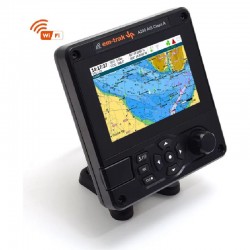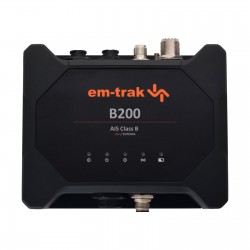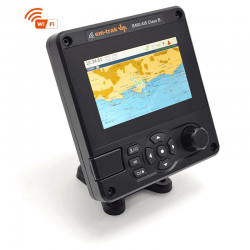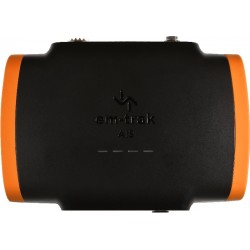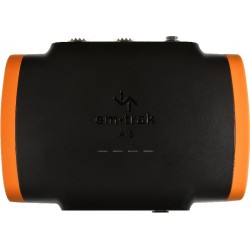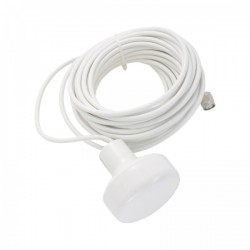AIS - Automatic Identification System

International vessels over 300GT and Costal vessels over 500GT all carry Class A AIS Transceivers. These devices broadcast vessel information such as location, speed and course, along with other less critical data, all in real time. The transmitted data can be received by any other vessel, and this data can be used to display that vessel on your own chartplotting or Radar display.
It is now recommended that smaller commercial and leisure vessels carrying Class B Transceivers.
Receive only.
These units only receive data and are really only recommended for shore based, static systems such as Coastwatch Stations or those wishing to feed data into systems such as www.vesselfinder.com. We no longer recommend fitting these to boats as you can not be seen by other vessels.
Transceivers.
These units both receive other vessels and transmit your location, speed and course data to other vessels. With a Transceiver, you appear on everyone elses screens! Class B Transceivers are aimed at vessels under the 300T threshold. They are not a statutory requirement, but are highly recommended. For sensitive situations such as yacht racing and possibly fishing, where you may not wan to share your location or speed, these do have the ability to be silenced for short periods. This is a useful when passing through areas where Pirates frequent!
Class B has two variations, please read this article which explains the differences The two types of Class B, SOTDMA and CSTDMA
Class A Transceivers
are primarily for larger commercial vessels, but certain commercial environments for example windfarm construction, the clients demand the higher specification Class A systems on all vessels.
Antenna Splitters
allow AIS units to share an existing VHF antenna with your VHF transceiver, saving the need to install a second antenna.


